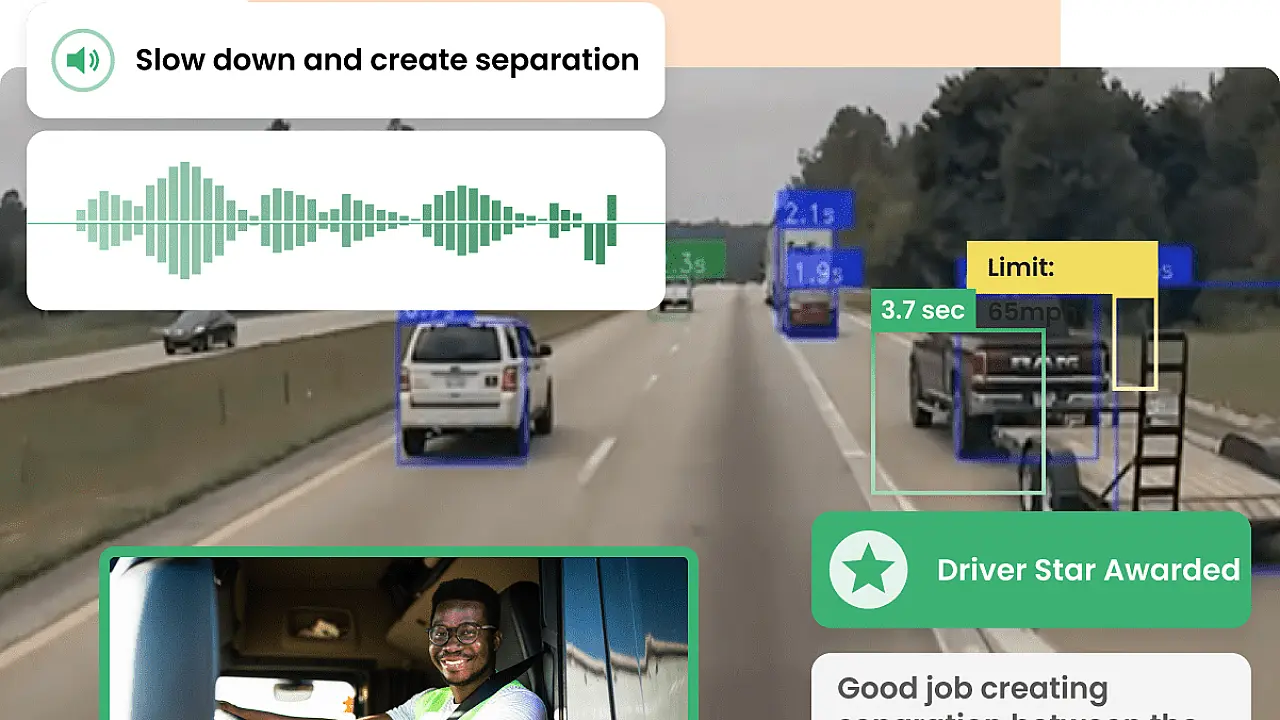
The alarming rate of road accidents in India has gained global attention. A recorded 4.12 lakh cases in 2021 alone resulted in a tragic loss of 18 lives per hour [1]. As the number of vehicles on the road continues to rise, preventing such incidents has become a national imperative.
In this battle, harnessing the power of data collection emerges as one of the most effective steps. Accurate and comprehensive data plays a pivotal role in uncovering patterns and trends, ranging from road conditions and infrastructure flaws to driver behaviour, vehicle dynamics, and even weather conditions.
Why Data Collection?
Data required to take measures around road safety is complex and involves multiple sources and stakeholders. Traditional data repositories include police records, accident investigations, medical reports, and road safety surveys that provide valuable information about accident location, time, circumstances, vehicle types, and severity.
In addition, data on driver behaviour is also critical to improve road safety. Today, traffic cameras, smart dashcams, and sensors are increasingly employed to gather this information.
Role Of Technology In Data Collection
Technologists are playing a major role in leveraging big data and analytics to tackle road safety concerns. Statistical techniques and analytic tools are being applied to large volumes of data to discover patterns and trends that could predict and prevent future incidents.
Predictive models leveraging machine learning algorithms are being developed to identify areas that are a high risk for accidents. It can identify potential crash locations, including high-risk areas and has proved effective in certain US states [2], leading to significant reductions in response time and fatalities. The technology can be used to implement safety measures that will allow traffic authorities to focus on high-risk areas in the long run and enforce speed limit mechanisms.
Data For Road-Safety Initiatives, Product Development
Big data and analytics are allowing stakeholders to employ advanced algorithms alongside video cameras in their ecosystem to monitor driver behaviour and road conditions in real-time. Insights can also be used to establish a control room for an effective traffic management system, smart signs, intelligent transport management systems, etc.
Moreover, the rise of video telematics and Advanced Driver Assistance Systems (ADAS) that are equipped with sensors, are helping make informed choices and steer clear of accidents.

The analysed data can be easily applied to infrastructure development. Looking at the traffic flow, road construction areas are prioritised. Likewise, ‘crashes and severity’ trends will help pinpoint root causes and highlight areas for improvement in the locality.
Driver and fleet safety programmes are created from big data analysis. Evidence-based solutions for driver coaching, in-cab alerts, etc. can help reduce accidents and improve driving behaviour.
The efficacy of road safety policies and initiatives can be monitored for necessary modifications. For instance, Haryana Vision Zero (HVZ) – modelled after the Swedish ‘Vision Zero’ – was launched in 2017 by the Haryana Government to achieve zero road fatalities in the State. Automated e-challans were introduced in the process, which noted an increase of about 80% documented over-speeding defaulters.
The applications do not end there. The evolution of autonomous vehicles to the higher levels of autonomy, has great dependency on sensors and data sources to ensure they’re safe navigation on roads. While we aspire to achieve level 4 and 5 automation with adequate safety measures, sensors and data sources become imperative for stakeholders to place their trust in the product.
Road Ahead
The future of road safety and big data are deeply intertwined. Big data can help create predictive models allowing an understanding of the root causes of accidents. With the right investments and a commitment to innovation, we can create a safer future on our roads.
References:
https://morth.nic.in/sites/default/files/RA_2021_Compressed.pdf
https://nasscomfoundation.org/haryana-vision-zero/
About the Author: Vinay Rai is SVP-Engineering at Netradyne
Also Read
CJ Darcl Logistics, Netradyne Partner For Fleet Safety Performance